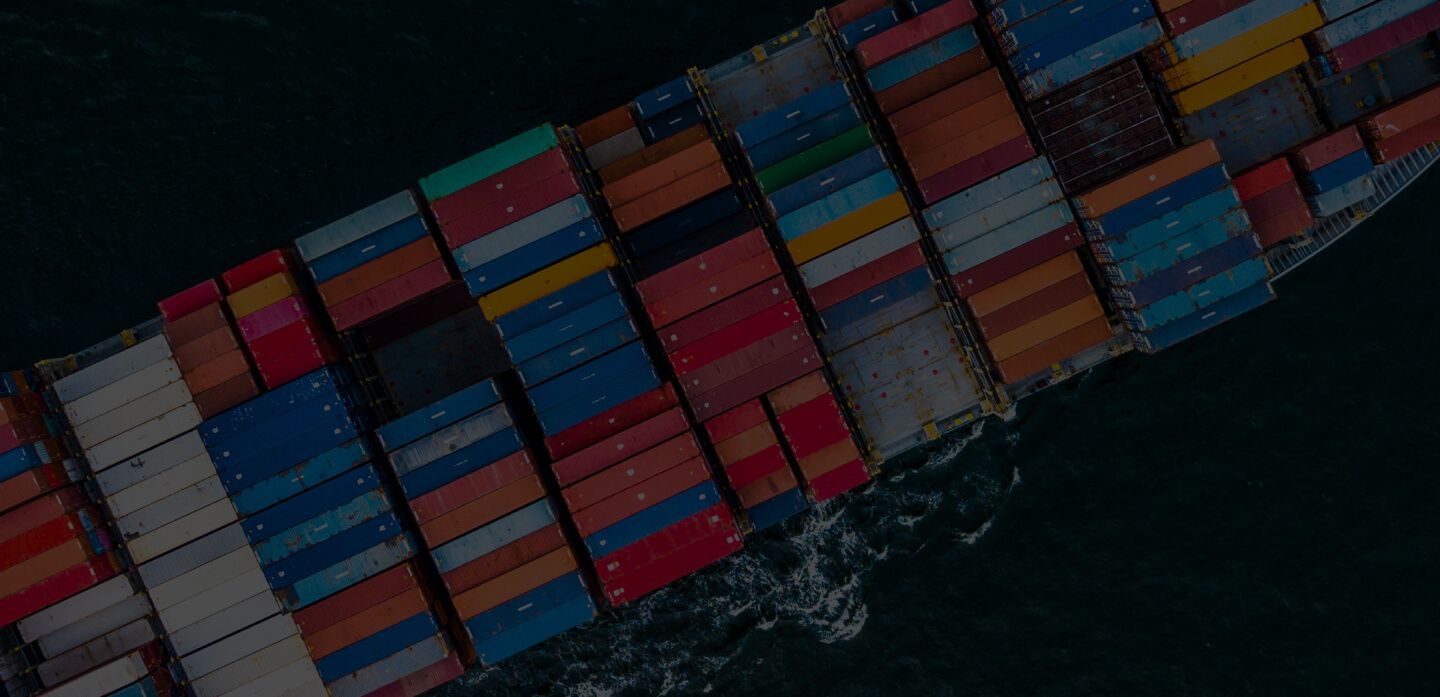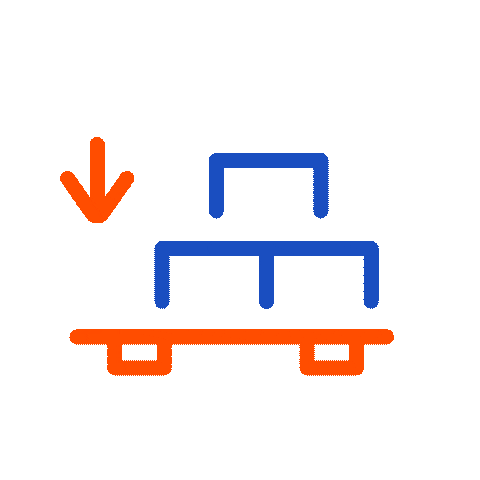
Ocean & Air Freight Shipping From Australia to United States
Information and quote from Australia to United States for LCL, FCL and Air shipping
- Compare Thousands of Quotes from Multiple Carriers
- Trusted by 10,000+ Customers
- 40,000+ Trade Lanes Covered Globally



Here’s a revised version with a fresh link:
Australia and the United States share a long-standing Free Trade Agreement (AUSFTA), which entered into force on 1 January 2005. According to the Department of Foreign Affairs and Trade (DFAT), more than 97% of Australia’s non-agricultural exports to the U.S. became duty-free immediately upon the agreement’s entry into force. This agreement continues to underpin strong bilateral trade and investment between the two nations.
Take advantage of this trade agreement in your shipping venture from Australia to United States. This article covers everything you need to know about your ocean and air freight shipping options.
What Are the Options for Shipping Freight From Australia to United States?
You have two options for shipping freight from Australia to United States: ocean freight and air freight.
Ocean Freight From Australia to United States
Ocean freight is the most flexible and economical way to ship goods from Australia to United States. It can accommodate a range of cargo types and offers shippers two options for shipping: less than container load (LCL) and full container load (FCL).
LCL is ideal for shipping small volumes of goods. Here, your goods will be consolidated with cargo belonging to other shippers. That way, you only need to pay for the space your goods occupy and share the cost of the container with other sellers. It’s an economical way to ship cargo from Australia to United States but has long transit times.
On the other hand, FCL is best for larger volumes of goods. The shipper pays for the space in an entire container unit for their cargo alone, which has benefits in terms of security and control. FCL is more expensive than LCL but has faster transit times.
Air Freight from Australia to United States
Air freight is the fastest shipping mode, and it’s also more secure, thanks to strict airport regulations. This makes air freight suitable for high-value and time-sensitive shipments. However, it’s worth noting that air freight is strict about what you can and cannot ship. It’s also the most expensive way to ship from Australia to United States.
How Much Does it Cost to Ship Cargo From Australia to United States?
The cost to ship cargo from Australia to United States will depend on various factors. These include:
- Your choice of ocean or air shipping
- Your preference for door-to-door, port-to-port, port-to-door, or door-to-port shipment
- Your consignment’s weight, volume, and size
- Weight and size limits
Use our online freight costs calculator to get an estimate of your shipping costs. The table below provides the current cost for shipping a standard 20-foot container from Australia to United States:
TRADE LANE RATES
Freight Shipping Cost from Australia to United States for a 20-foot Container
How long does it take to ship cargo from Australia to United States?
Shipping goods from Australia to United States varies in transit time, primarily based on the international shipping mode you choose. Additional factors impacting this include:
- The shipping season (peak or low)
- The directness of the shipment's route
- The popularity of the trade lane
- Geopolitical issues
- Potential incidents at ports
How long does it take to ship cargo by sea from Australia to United States?
Ocean freight from Australia to United States takes about 15 to 50 days.
How long does it take to ship cargo by air from Australia to United States?
Air freight from Australia to United States is much faster, ranging from 2 to 8 days.
For the most accurate estimate, we recommend using our transit time calculator.
Customs Clearance in Australia and United States
When your goods arrive from Australia to United States, they will go through the customs clearance process. For this to be a breeze, make sure you prepare and submit the following documents:
- A commercial invoice
- A packing list
- A certificate of origin
- A letter of credit or other payment terms (depending on the contract between the parties involved)
- A bill of lading for ocean freight or an Airway Bill for air freight
You can find examples of these customs clearance documents in our full documents list.
Should You Choose Ocean Freight or Air Freight?
Now that you know your shipping options, it’s time to choose between them. The best shipping mode for you will depend on your needs, priorities, and the requirements of your cargo.
Ocean Freight
Ocean freight is a good option for prioritizing flexibility and cost savings. It can accommodate various cargo types without burning a hole in your pocket. When opting for ocean freight, you must choose between LCL and FCL.
Considerations for LCL Freight Shipping
LCL is the best option if your cargo is:
- Small in size and quantity
- Lightweight
- Suitable for consolidation with cargo belonging to other shippers
- Not delicate, fragile, or high-value
- Not requiring special handling or movement
Considerations for FCL Freight Shipping
If LCL is not for you, you might consider FCL, which is ideal for cargo that is:
- Large in size and quantity
- Heavy or overweight
- Not suitable for consolidation with cargo belonging to other shippers
- Delicate, fragile, or high-value
- Requiring special handling or movement
Air Freight
If you want to complete your shipment quickly, you should opt for air freight. Air freight is the fastest mode of shipment, and it can get your cargo to United States in 2-8 days. However, be aware that air freight may not be able to accommodate excessively large cargo and doesn’t allow certain types of goods.
If you opt for air freight, you should also manage your budget properly, as this mode of shipment tends to require a higher investment.
Ocean Cargo Port Guide
Cargo ports of origin in Australia
Port of Hedland
The Port of Hedland is located in Western Australia. It’s the largest bulk export facility in the world, handling commodities like iron ore, ammonium, lithium, fuel oils, salt, sulphuric acid, livestock, and more. It’s hailed as Australia's busiest and biggest port, handling more than 450 million tonnes of cargo annually.
Port of Adelaide
The Port of Adelaide is South Australia’s prime shipping port. It handles container shipments and exports of vehicles, automobile parts, grains, metal, steel, and iron goods. The port handles over 110 million tonnes of cargo annually.
Port of Brisbane
The Port of Brisbane is the third-largest container facility in Australia. It mainly handles agricultural shipments, including dairy goods, sand, sugar, wool, processed meat, and canned food. It sees a traffic of 31,878,000 tonnes of cargo per year.
Cargo ports of arrival in United States
Port Of Seattle
The Port of Seattle is the fifth-busiest port in the USA and the second-busiest on the West Coast. It’s a reliable transport hub to ship to East Asian countries.
Port of Houston
The Port of Houston is the fastest-developing American port. It ranks seventh in the USA by total amount of cargo. The port handles 70% of the container traffic on the US Gulf Coast.
Port Of Miami
The Port of Miami is the closest harbor to the Panama Canal. This, along with other factors, makes it the only port in the US that can handle neo-Panamax vessels.
Air Freight from Australia to India: An airport guide
Airports of origin in Australia
Sydney Kingsford Smith Airport
The Sydney Kingsford Smith Airport, known as the Sydney International Airport, is located in Sydney, Australia, 8 km south of the central business district. It houses Qantas, Jetstar, Virgin Australia Airlines, Rex Airlines, and more.
Perth Airport
The Perth Airport is an international, domestic, and general aviation airport in Western Australia. It’s the country’s fourth-busiest airport, serving the city of Perth. The airport houses airlines such as Qantas, Virgin Australia Airlines, Alliance Airlines, and more.
Melbourne Airport
The Melbourne Airport, also known as the Tullamarine Airport, serves the city of Melbourne, Australia. It’s the second-busiest airport in the country, serving as a hub for Qantas, Jetstar, Virgin Australia Airlines, Rex Airlines, and more.
Airports of arrival in United States
John F Kennedy International Airport
The John F Kennedy International Airport serves the major US city of New York. It is considered the busiest of the seven airports in New York and the sixth busiest in the USA. The airport serves as a hub for Delta Air Lines, JetBlue, American Airlines, and more.
Dallas-Fort Worth International Airport
The Dallas-Fort Worth International Airport serves the Dallas-Forth Worth metroplex and the north of Texas. It is a hub for American Airlines, Spirit Airlines, Envoy Air, and more, handling 3.9 billion points in freight annually.
Oakland International Airport
The Oakland International Airport is located in Oakland, California, 7 miles south of downtown Oakland and 12 miles east of San Francisco. It primarily serves the east of the San Francisco Bay Area. The airport is a hub for popular courier FedEx Express.
About Us
Why Ship From Australia to United States With iContainers?
Why Us?
Shipping cargo is influenced by various factors, including the season, shipment size, shipping method, and the starting and ending locations.
iContainers, with years of industry expertise, combines traditional freight forwarding services with modern technology to enhance your convenience. Our digital platform lets you manage every aspect of your shipment—from requesting a quote to booking and tracking your cargo—all from your mobile device.
Reach out to us for a free quote whenever you need. We are always ready to assist you with the information you need.